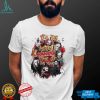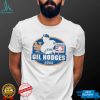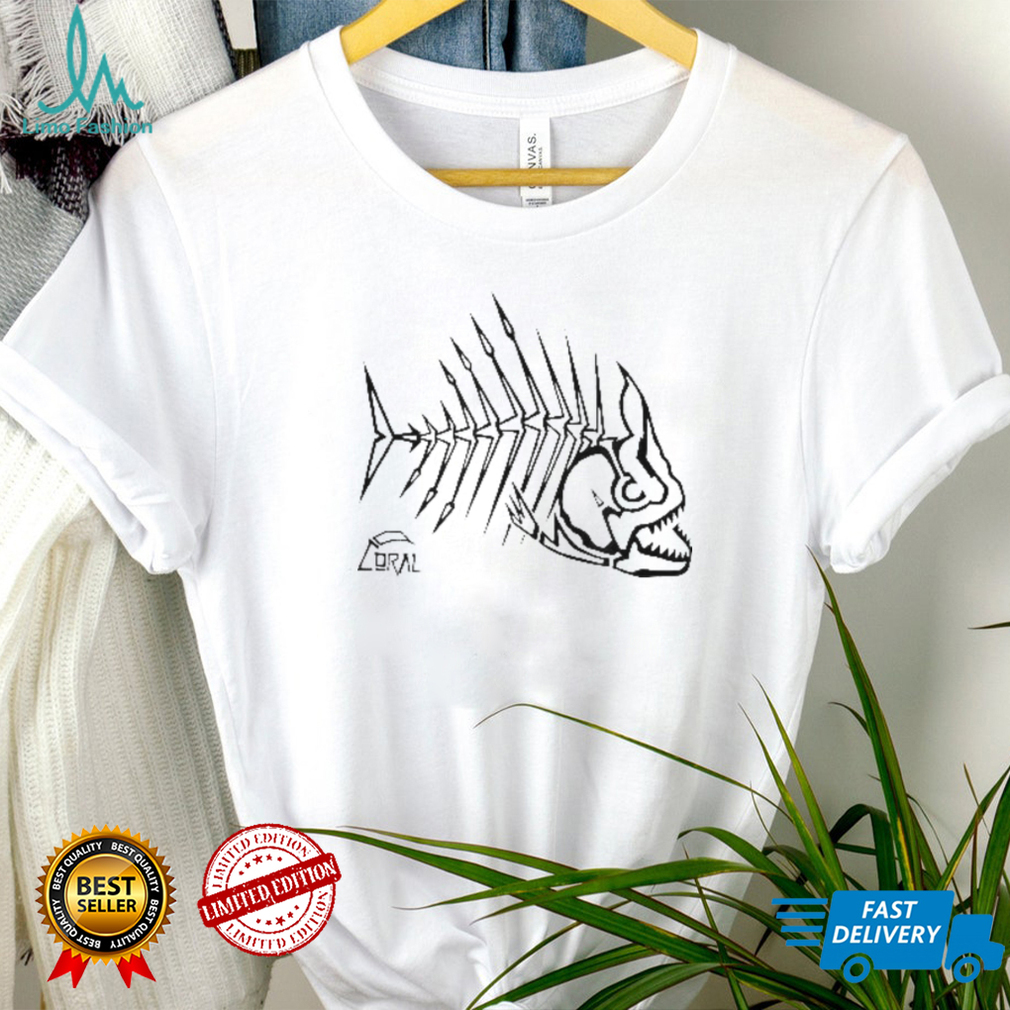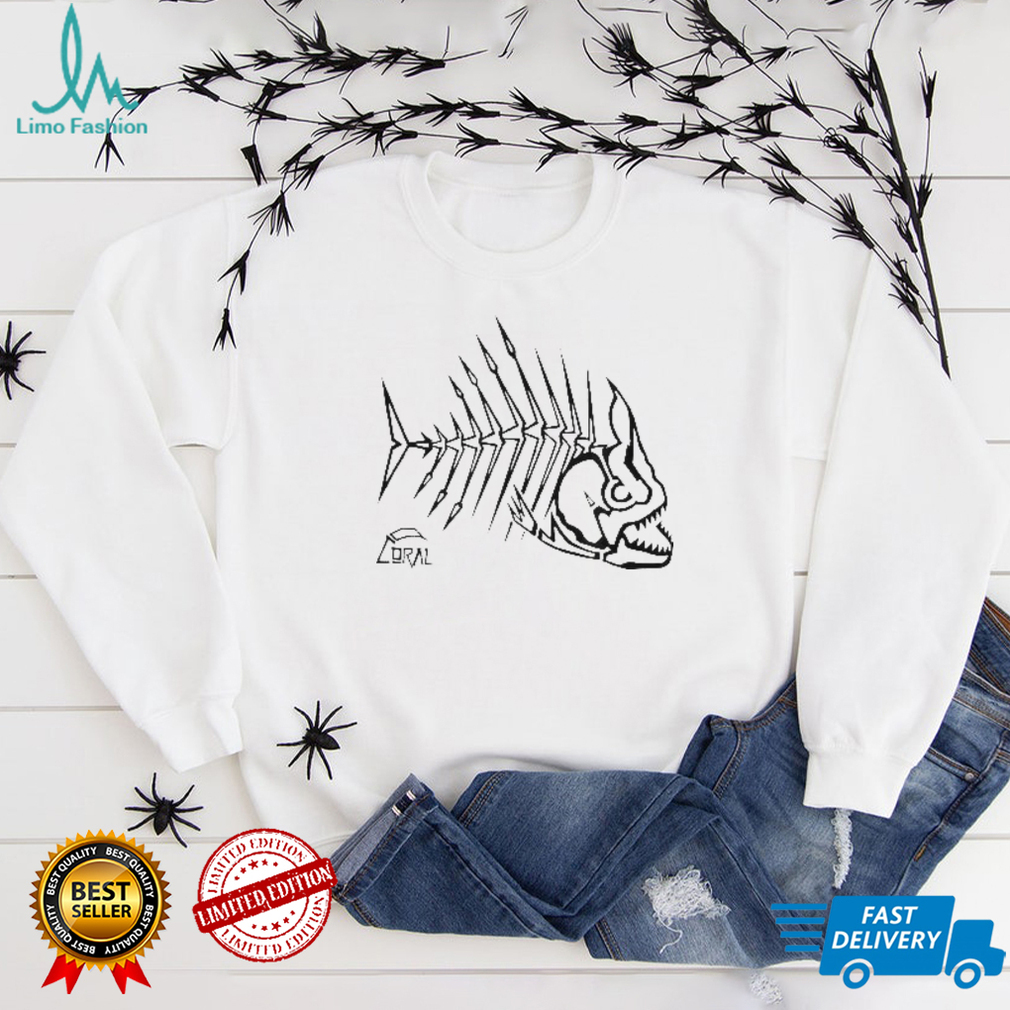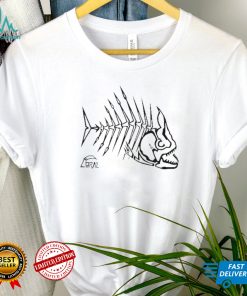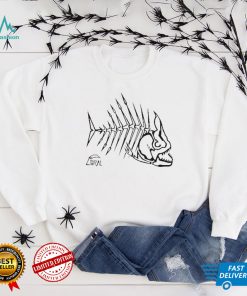I guess I’m just used to thinking of Fish Skeleton Shirt as amulets or other objects, but it seems the 3E version is definitely inspired by Tefillin. If anybody has the description of phylacteries in other editions of the MM, please put it in the comments, I’d like to compare and see if this was always the case, or if the similarity came later. Regardless, I still don’t think it’s anti-Semitic. D&D borrows from many religions, and kabbalah shows up in other places in D&D. Golems, for example. To me it feels more like elements of Judaism inspired D&D, rather than that D&D is trying to systematically portray Judaism as evil or somesuch.
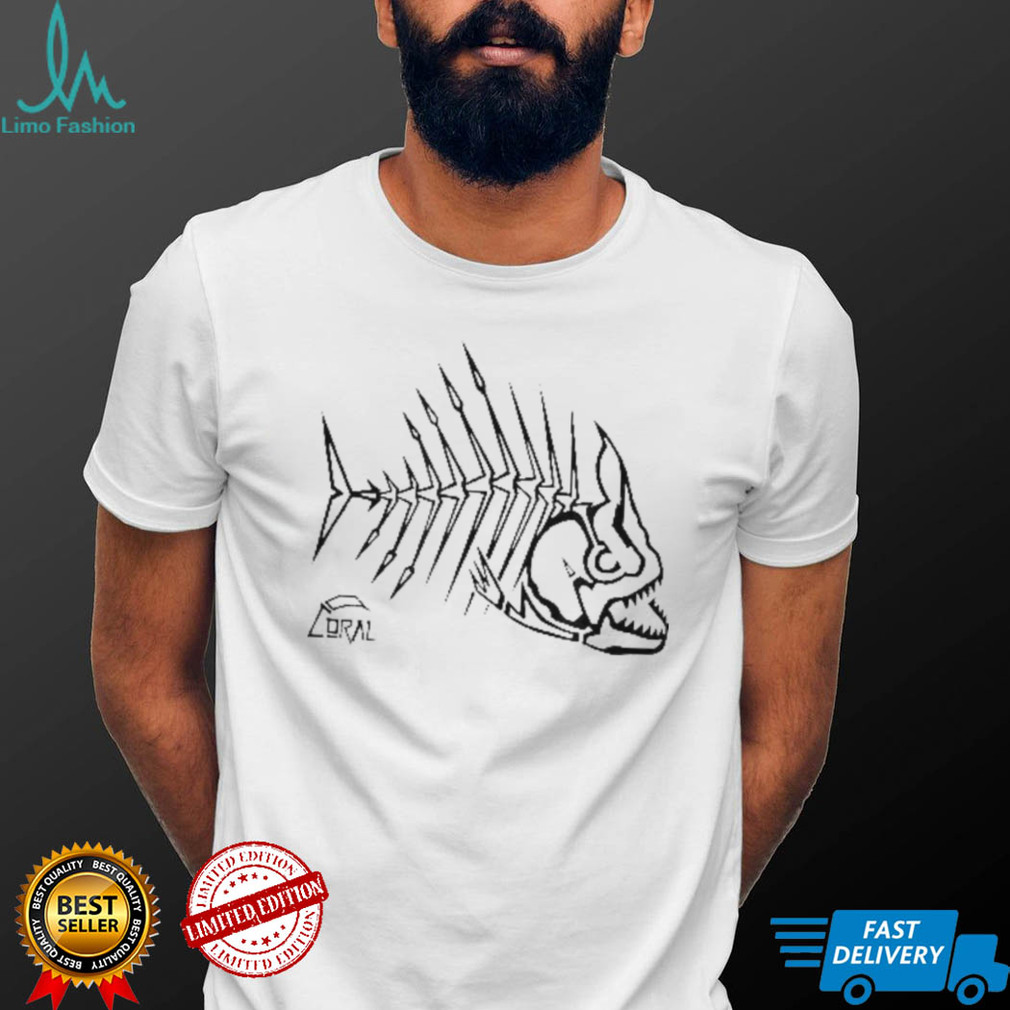 (Fish Skeleton Shirt)
(Fish Skeleton Shirt)In the 1700s Dutch immigrants brought their Sinterklaas tradition to New York in America where the Fish Skeleton Shirt acquired an Anglicized version, Santa Claus, who became part of the Christmas celebrations of Americans. One source claim the New Yorkers helped promote the Dutch colony’s tradition, and officially acknowledged St. Nicholas or Santa Claus as the patron saint of the city in 1804. Five years later, the popular author, Washington Irving, published the satirical material where he made several references to a jolly St. Nicholas character, portrayed not as a saint, but as a wealthy elf-like Dutch New York resident smoking a clay pipe. Irving’s St. Nicholas character received a big boost in 1823 from a poem Fish Skeleton Shirtd, “A Visit from St. Nicholas” (a.k.a. “The Night Before Christmas”). It is said the poem described “a jolly, heavy man who comes down the chimney to leave presents for deserving children and drives a sleigh pulled by flying reindeer.”
Fish Skeleton Shirt, Hoodie, Sweater, Vneck, Unisex and T-shirt
Best Fish Skeleton Shirt
Overall, Goblins and Orcs are just people in my campaign. I don’t really treat them differently than I would Elves or Dwarves, I just acknowledge that a lot the Fish Skeleton Shirt two’s cultural traditions aren’t as acceptable to humanoid settlements as the latter two cultures. The result of that is that more Goblins/Orcs end up assimilating and to greater degrees than their Elf/Dwarf counterparts. Someone like Emetta who was raised by a human parent in Laviguer is for all intents and purposes human, especially when you stand her next to someone like Azuch. However, most people looking on will only see two Orcs and treat them both accordingly. Like the Player’s Handbook alludes with Tieflings: Even if you’re not born evil, prejudice and people always assuming the worst can certainly push you there. I use the Volo’s canon that Orcs feel the pull of Gruumsh, and I keep that in mind when I make an Orc NPC. For instance, Faustus feels the pull of Gruumsh much harder than Azuch, but Azuch always listens to the Gruumsh ‘voice’ inside his head, while Faustus refuses. Conversely, Zharukk hears a lot more Grazz’t in his head than Gruumsh, but he listens to the latter far more often.
 (Fish Skeleton Shirt)
(Fish Skeleton Shirt)The Chrysler Corporation has always been the weakest of the Big 3 US auto makers, and Fish Skeleton Shirt as another Quora discussion noted, Chrysler’s ability to remain financially viable has been questioned every decade or so from its dawn in 1925 to today as the firm would swing from success to near bankruptcy. In the late 1970s, Chrysler ran into financial difficulties (again) with a portfolio overly reliant on large, gas-guzzling cars; in 1979, the Chrysler Corporation was bailed out by the US government with a $1.5 billion loan, and the company restructured operations to become financially viable by having its major brands – Chrysler, Dodge, and Plymouth – share automobile platform designs. Chrysler brand was the top of the line, and that brand retained a few unique designs not found in the other brands. Dodge was the mainstream brand, while Plymouth became the entry-price brand, simply badge-engineering Dodge or Mitsubishi designs with minimal value-add features. (Ram trucks remained uniquely Dodge products, and the Jeep brand, the remnant of acquiring AMC Motors, focused on SUV designs. AMC’s Eagle brand did not last long either.). The 1980s and 1990s designs, especially K-cars and minivans, helped the Chrysler Corporation regain profitability, but buyers would frequently look at both Plymouth and Dodge offerings at the same time.
This Flowers having a Weird Mom builds character Xmas Day T-shirt, hoodie, sweater, tank top, long sleeve, and V-neck t-shirt is a made-to-order product, It is designed by Limotees LLC. This is a limited edition product was made in the USA.
Brand: Limotees Clothing LLC, Inc. - An online fashion company in the USA
At Limotees LLC, we have provided quality T-shirts that are sure to make you feel comfortable and cool even in the scorching heat or cold weather. We also seek to provide our customers with the highest level of customer service possible by adhering to customer satisfaction policies and an open communication style. T-SHIRT FEATURES: - High quality 100% Soft cotton (fiber content may vary for different colors) UNISEX shirt. HOODIE and SWEATSHIRTS FEATURES: - 50% Cotton; 50% Polyester (fibre content may vary for different colors) - IMPORTANT: Runs true to size. Are buyers responsibility to consult the size chart before placing the order. - The design is printed on the t-shirt with a digital printer. - If you want to CUSTOMIZE more this product, please send me a message. CARE: - Machine wash, with cold water, and inside out - Tumble dry on low or hang to dry - DO not iron directly on the design ♥ HOW TO ORDER T-SHIRT, HOODIE, SWEATSHIRT , LONGSLEEVE

